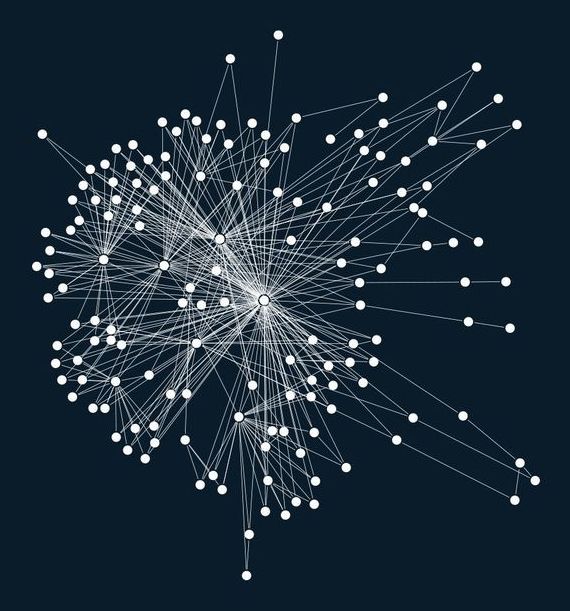 The MIT-Harvard Medical School Healthcare Innovation Bootcamp brings the rigorous, collaborative, action-learning experience of our in-person Healthcare Innovation Bootcamps online. Over 10 weeks, you’ll have the opportunity to work with a global team of innovators selected by MIT Bootcamps to build the foundations of a new healthcare venture. You will learn principles… See More.
The MIT-Harvard Medical School Healthcare Innovation Bootcamp brings the rigorous, collaborative, action-learning experience of our in-person Healthcare Innovation Bootcamps online. Over 10 weeks, you’ll have the opportunity to work with a global team of innovators selected by MIT Bootcamps to build the foundations of a new healthcare venture. You will learn principles… See More.
The MIT — Harvard Medical School Healthcare Innovation Bootcamp will be different than most online courses you can take. A combination of live teaching sessions and workshops (which are recorded for your flexibility), office hours, building the foundations of a venture with your global team, and receiving regular team-based coaching, the Bootcamp is a hands-on, immersive, and rigorous learning experience. In 10 weeks, you’ll learn to identify an innovation opportunity, develop a superior solution, and select a business model for the venture you build with your global team. Expect to spend 10–15 hours per week on live sessions, individual, and team work.





 The MIT-Harvard Medical School Healthcare Innovation Bootcamp brings the rigorous, collaborative, action-learning experience of our in-person Healthcare Innovation Bootcamps online. Over 10 weeks, you’ll have the opportunity to work with a global team of innovators selected by MIT Bootcamps to build the foundations of a new healthcare venture. You will learn principles… See More.
The MIT-Harvard Medical School Healthcare Innovation Bootcamp brings the rigorous, collaborative, action-learning experience of our in-person Healthcare Innovation Bootcamps online. Over 10 weeks, you’ll have the opportunity to work with a global team of innovators selected by MIT Bootcamps to build the foundations of a new healthcare venture. You will learn principles… See More.










